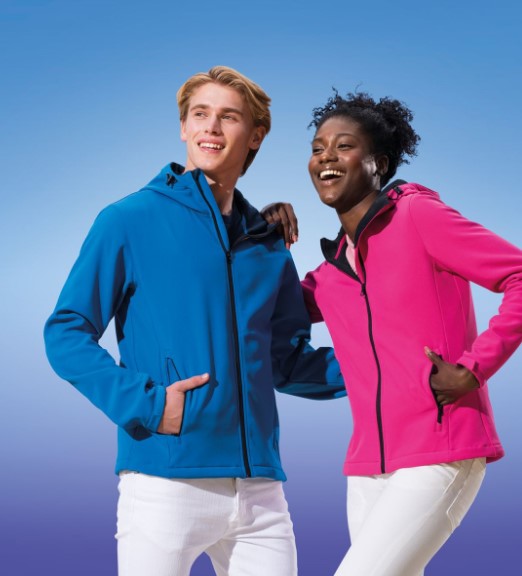Tips to Shop for the Best Softshell Jackets
Table of Contents
People are often confused when trying to define what softshell jackets are. You may usually hear it as a cross between a fleece and a hard shell yet this still raises some questions of what it really is and what makes it a must-have for most outdoor activities.
Hard Shell vs. Soft Shell
The primary difference between soft shell and hard shell jackets is the outer texture. Hard shell is typically shiny and smooth unlike soft shell which is almost similar to a sweatshirt with extremely tight weave. However, the subtle difference makes the other jacket more suitable for specific activities than the second one. This depends on the expected amount of precipitation, the breathability requirement, and the expected level of exertion.
Soft shell is a cold weather clothing article that you should use any time it is not necessary to use a hard shell but you want additional protection from elements that you cannot get from a highly breathable fleece. Soft shells are notably more breathable compared to hard shells while being more water and wind resistant compared to fleece. This makes them ideal for high activity outdoor sports such as climbing, running, biking, snowshoeing, and skiing. Since these are most often used for such activities majority of softshell jackets come in athletic and trim fit.

Resistance to Water
However, you have to remember that soft shells are not waterproof but water resistant. The fabric composed of tightly woven materials offers the extra breathability you cannot expect from hard shells. But this is also the reason why soft shells are not 100% waterproof. These jackets are still perfect if you want to stay dry in light rain or drizzle.
One of the biggest draws to soft shells is none other than their price. More often than not, these garments are cheaper compared to breathable and waterproof fabrics that may not be ideal for athletes who exert loads of energy. Softshell jackets with membranes tend to be more resistant to water than other types of soft shells. But, similar to breathable and waterproof clothing, this comes to the detriment of breathability.
How to Choose the Right Soft Shell
Soft shells differ when it comes to their insulation, stretch, and water resistance so it is essential to identify the best one for you. If you are thinking of wearing your soft shell in colder climates, you might be better off with a jacket featuring a thin polyester fleece layer. But, remember that the added layer can have an impact on mobility. Soft shell jackets vary in thickness with the ones designed for fall, summer, and spring activities providing lesser insulation compared to their counterparts meant for winter weather.
When to Wear Soft Shells?
You will probably find tons of different purposes and uses for your softshell jackets thanks to their athletic fit and versatility that make them perfect for anything, from light backpacking trips to more intense mountaineering. Among the most common applications for soft shell jackets are backpacking and hiking, mountaineering and ice climbing, and snowshoeing and winter trail running.
